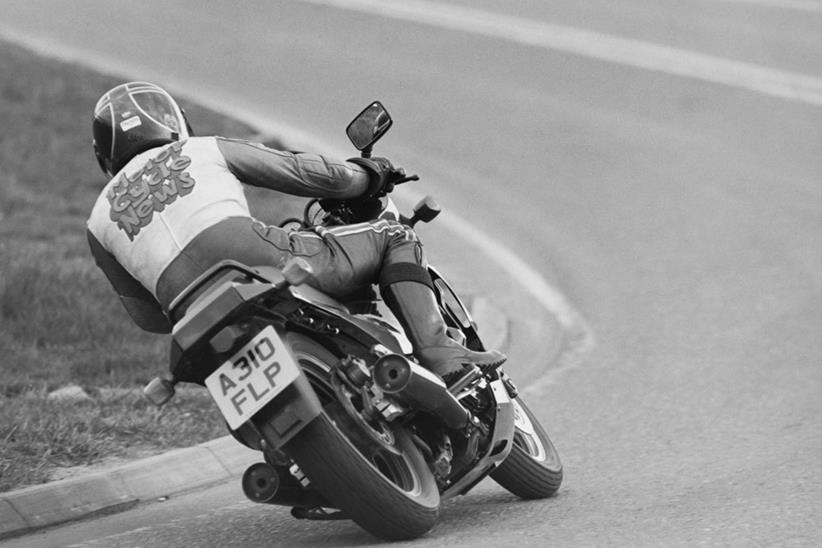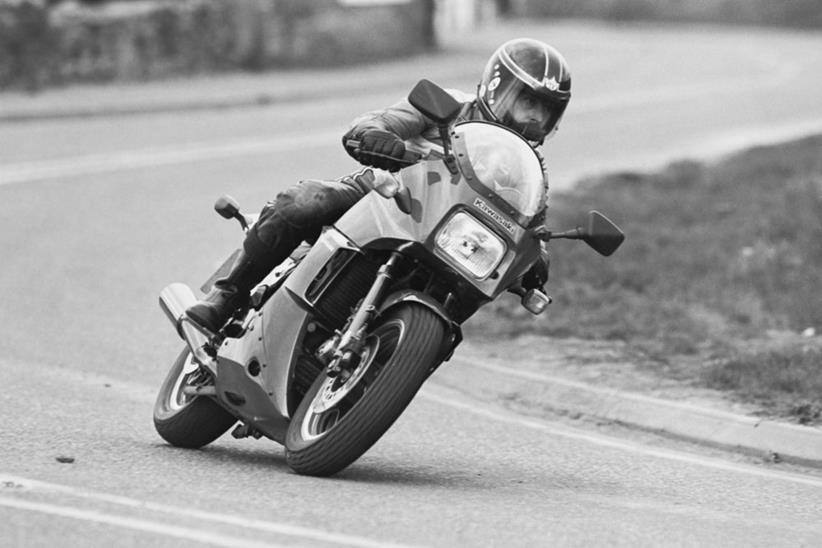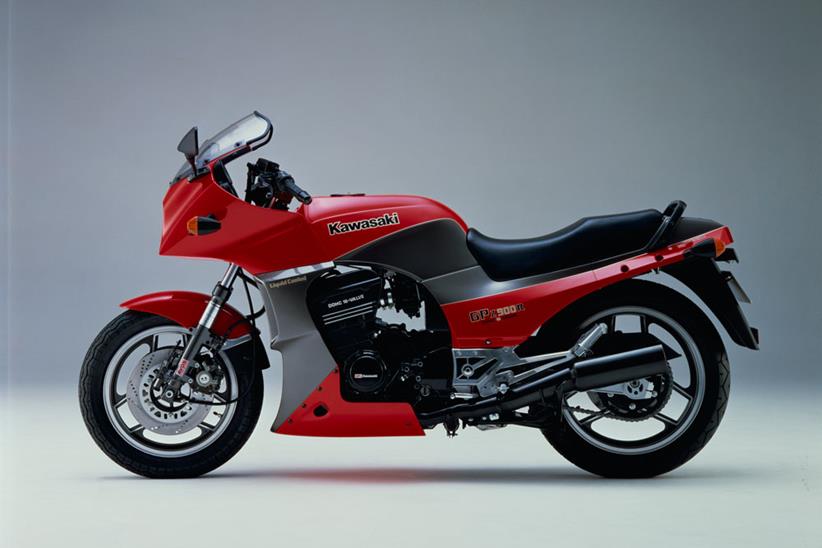Why the birth of the Ninja dynasty was the dawn of modern motorcycling
It’s difficult to imagine how any modern bike could match the impact of Kawasaki’s GPZ900R in 1984. Launched into a world of sluggish, aircooled monsters, it was the first watercooled, fully-faired, 150+mph Japanese sportsbike. Overnight it invented the British craze for riding very fast just for kicks. A quarter of a century later we’re still at it, as MCN wrote in 2009…
“No bike had put Kawasaki on the map like that since the Z1R launch,” remembers Dave Sanders of Kawasaki Peterborough. “You have to remember Kawasaki were originally small players, with huge gaps in their range. But when the 900R came out they meant business. It literally took off straight away.
“We couldn’t open the crates fast enough. The 900 and the 600R just sold like mad – and they never had anything go wrong with them, not even a blown fuse.
Ray Alderson at Anchor Kawasaki in Northamptonshire was a TT marshall when Geoff Johnson blitzed the production TT on a 900R. “It was devastating, really – a hell of a bike,” he said.
As senior technician at Kawasaki UK, Alex Dell was one of the first people outside Japan to see a 900R up close. “We got a pre-production bike for pre-launch tests and we were all gawping at it,” he said. “It was ultra secret at the time, and in silver – not the final colours. We hadn’t set eyes on anything like it before. It was such a different bike, with radical, futuristic styling. There was so much new technology in it.”
In fact, the 900 had the first stressed member engine, the first watercooled 16-valve four, the first side-drive camchain for narrowness, and the first full-enclosure fairing. “The only other bike that had a similar effect was the Z1R,” remembered Dell. “But of all the bikes I can remember, the 900R was the mind-boggler.”
The effect on customers was immediate. “At the launch in our shop one guy asked how quickly he could ride away on one,” said Allen Padgett of Kawasaki Autorama. “He had it the next day.” Over the next 13 years Kawasaki made 70,000 GPZ900Rs. And because its spec hardly changed in that time (unlike its younger competitors) it is arguably the world’s best-selling big bike.
It was nearly called the Panther
Although Ninja is a Japanese name, it took an American – Kawasaki USA’s director of marketing Mike Vaughan – to persuade the factory to use it.
“In 1979, they showed us the first GPzs, and I suggested then that we call them ‘Ninja’,” he recently told the American publication Dealernews. “The Japanese blew it off, and frankly my colleagues weren’t crazy about it either. So the name retired to a folder until the GPZ900 was revealed. We probably saw the first examples of the bike in late ’82. It seemed to me that this really was the Ninja, and I began campaigning for the adoption of the name.”
“At about the same time, we switched advertising agencies. The old agency, which had had the account for a number of years, was on my side with regard to the name. But the new agency, wanting to establish their creds, proposed calling it the ‘Panther.’
Vaughan gradually won over his colleagues, but Kawasaki Japan argued that the Ninja were outlaws and the name would therefore be shameful. “I tried to convince them that because the Ninja concept was unknown to most Americans, the name’s image would be whatever we made it.”
By the time the GPZ900R launch was imminent, Vaughan was sure he’d lost the argument. Then he got a call to say that Kawasaki had finally agreed to call the bike ‘Ninja.’ A colleague, Jet Johnson, had successfully lobbied the Kawasaki USA president.
Over in the UK, no Kawasaki was called a Ninja until 1994 ZX-9R, since when it’s been used haphazardly on most of the firm’s sportsbikes. So what does it mean?
“It’s what GSX-R is to Suzuki,” said Mike Grainger of GT Motorcycles in Plymouth. “It’s an assassin, a slayer. It tends to annihiliate the opposition.” Grainger can back that statement up: his ZZ-R1400 holds the UK production top speed record at 198.7mph.
“It means something aggressive and sporty. It’s a statement, really; it says I’m here, I’ve arrived,” added Dave Sanders at Kawasaki Peterborough.
“I think Ninja has to mean large capacity four-stroke, and sportsbike,” said Allen Padgett at Kawasaki Autorama. “They’ve put it on the new 250 but it’s not what I class as a Ninja. It’s a baby Ninja.”






